Experimental hip-hop has emerged as one of the most dynamic and innovative subgenres in modern music, blending boundary-pushing sounds, unconventional lyrical styles, and a rejection of traditional structures. Originating in the late 1980s, experimental hip-hop quickly distinguished itself from mainstream hip-hop by embracing avant-garde techniques, eclectic influences, and a bold exploration of identity and culture. This genre has evolved significantly over the years, drawing from a wide range of musical traditions while maintaining its core roots in street wisdom and artistic expression. From the enigmatic persona of MF Doom to the genre-blurring collaborations of Flying Lotus and Janelle Monáe, experimental hip-hop continues to redefine expectations and challenge conventions. In this deep dive, we’ll explore what defines experimental hip-hop, compare it to related genres like abstract hip-hop, examine the seven elements of hip-hop, and analyze the contributions of groundbreaking artists. We’ll also delve into the social and political impact of this genre, as well as its future potential and influence on the global music landscape.
Key Takeaways
– Experimental Hip-Hop Defined: A genre blending genres like jazz, funk, and electronic beats, experimental hip-hop emerged in the late ’90s, with artists like MF Doom and J Dilla pushing creative boundaries.
– MF Doom’s Impact: Known as a pioneer of alternative hip-hop, MF Doom’s innovative sound, genre-blending collaborations, and enigmatic persona set him apart as a leader in the genre.
– Evolution of the Genre: From its roots in lo-fi beats to today’s diverse sounds, experimental hip-hop continues to challenge traditional norms, embracing avant-garde approaches.
– MF Doom’s Mask Symbolism: His iconic mask represents his alter ego, cultural rebellion, and practical needs, enhancing his performance energy and stage presence.
– Top Conscious Rap Artists: J. Cole, Kendrick Lamar, Nas, and others use their music to address social issues, personal struggles, and deeper themes, resonating with audiences seeking introspection and commentary.
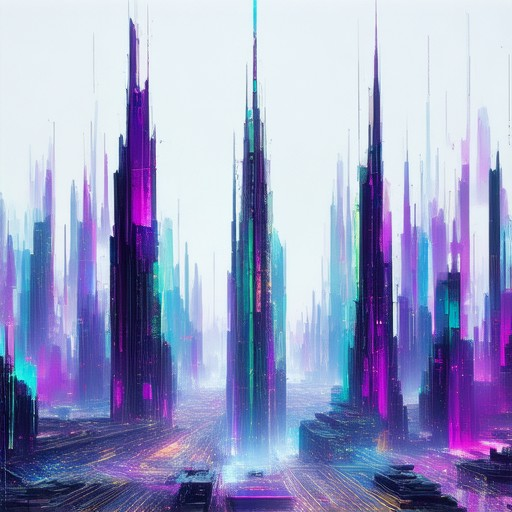
What Defines Experimental Hip-Hop?
Experimental hip-hop is a genre that pushes boundaries by blending traditional hip-hop elements with unconventional sounds, styles, and influences. This genre often incorporates avant-garde production techniques, multimedia elements, and collaborative projects to create something entirely unique.
- Genre Characteristics :
- Multicultural Influence : Experimental hip-hop draws from a variety of musical genres, including jazz, funk, soul, electronic, and rock, creating a rich and diverse soundscape.
- Unconventional Production : Artists frequently use sampling, looping, and other innovative production methods to craft abstract and immersive beats.
- Lyrical Depth : Lyrics often explore complex themes, social issues, and philosophical ideas, moving beyond the typical narrative of mainstream hip-hop.
- Notable Influences :
- Jazz Fusion : Collaborations with jazz musicians like Kamasi Washington and Flying Lotus highlight the genre’s connection to improvisational and progressive music.
- Electronic Music : Artists like Jinsang and Dabryne merge hip-hop with glitchy electronica and ambient sounds.
- Visual and Performing Arts : Many experimental hip-hop projects integrate visuals, poetry, and theater, reflecting a broader artistic vision.
- Evolution Over Time :
- The genre has evolved significantly since the 1990s, influenced by artists like MF DOOM, who pushed experimental sounds into the mainstream.
- Today, platforms like AbstractHipHop.com serve as hubs for discovering cutting-edge artists and tracks that redefine the genre.
- Notable Artists and Works :
- Flying Lotus : Albums like Cosmic Love and Good Times showcase his ability to blend hip-hop with electronic and jazz elements.
- Jinsang : Known for his surreal and layered productions, Jinsang creates music that feels both futuristic and nostalgic.
- Dabryne : His work often explores dark, cinematic soundscapes that defy traditional hip-hop structures.
By embracing innovation and pushing creative limits, experimental hip-hop continues to redefine itself, offering a dynamic and evolving art form that challenges expectations at every turn.
Understanding Abstract vs. Experimental Hip-Hop
Distinguishing between abstract and experimental hip-hop can seem tricky, but understanding their unique characteristics helps clarify their differences.
Abstract Hip-Hop
Abstract hip-hop is defined by its lyrical complexity and unconventional styles. Artists often focus on intricate wordplay, metaphorical narratives, and innovative rhyme schemes. This subgenre frequently incorporates elements from poetry, spoken word, and other genres like jazz or funk, making the lyrics more introspective and less conventional. The emphasis is on the storytelling aspect, where the words themselves become a central feature of the track.
Experimental Hip-Hop
Experimental hip-hop, on the other hand, centers around musical innovation. Artists experiment with various sounds, instruments, and production techniques, often blending hip-hop with electronica, ambient music, or avant-garde compositions. This subgenre prioritizes the creation of unique sonic experiences, pushing boundaries in terms of instrumentation and arrangement. The focus is less on the lyrics and more on the overall mood and texture of the music.
Key Differences
- Lyrical Focus: Abstract hip-hop emphasizes complex and thought-provoking lyrics, while experimental hip-hop focuses on groundbreaking sound design.
- Genre Influence: Abstract hip-hop draws from a wider range of genres, including poetry and spoken word, whereas experimental hip-hop often integrates non-traditional musical elements.
- Aesthetic Priorities: Abstract hip-hop values intellectual depth and artistic expression through lyrics, whereas experimental hip-hop values innovation and originality in sound.
Cultural Impact
Both subgenres have significantly influenced modern hip-hop culture. Abstract hip-hop has inspired a wave of artists who prioritize lyrical depth, while experimental hip-hop has paved the way for genre-blending and creative boundary-pushing in music production.
Notable Artists
Some notable names in abstract hip-hop include Kendrick Lamar and J. Cole , known for their poetic and socially conscious lyrics. Experimental hip-hop artists like Flying Lotus and Oneohtrix Point Never are celebrated for their innovative soundscapes and genre-defying approaches.
Exploring Further
Want to dive deeper into the worlds of abstract and experimental hip-hop? Explore our genre exploration section for in-depth analysis and discover the latest tracks shaping these dynamic subgenres. Don’t miss our album reviews and artist interviews for exclusive insights into the hip-hop landscape.
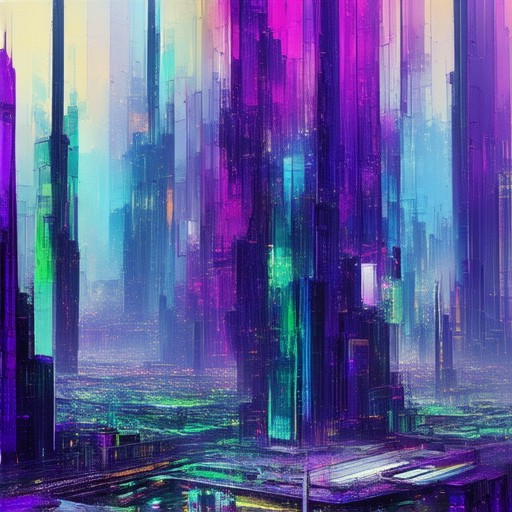
What Are the 7 Elements of Hip-Hop?
The essence of hip-hop culture revolves around seven core elements that define its identity and impact. These elements have evolved over decades, shaping not just music but also art, fashion, and social expression.
- Emceeing (MCing)
The backbone of hip-hop, emceeing involves rapping, where MCs (Master of Ceremonies) use lyrical prowess and storytelling to convey messages, emotions, and social commentary. Artists like Nas and Kendrick Lamar have elevated this element to legendary status. - DJing
DJs spin vinyl records, mixing tracks to create seamless transitions and unique soundscapes. This artform has been instrumental in shaping hip-hop’s narrative, from Afrika Bambaataa to modern giants like Jazzy Jeff & Fresh Prince. - Beatboxing
This rhythmic art form uses body percussion and vocal beats to create intricate rhythms. Artists like The Notorious B.I.G. and Eminem have showcased their beatboxing skills, demonstrating its versatility. - Graffiti Art
Known as “writing,” graffiti has become a global phenomenon. Artists like Banksy and Jean-Michel Basquiat have used this medium to express themselves, blending art and rebellion. - Street Fashion
Hip-hop fashion is distinctive, characterized by bold styles, oversized clothing, and vibrant colors. Brands like Supreme and Nike have capitalized on this trend, making it a cultural icon. - Language and Vernacular
Hip-hop slang and dialects have created a unique linguistic style, influencing how people speak and interact globally. This element has also inspired literature and media. - Knowledge and Wisdom
Many hip-hop artists use their platforms to share wisdom, life lessons, and social commentary. This element highlights the cultural significance of hip-hop as a vehicle for intellectual growth.
These seven elements collectively form the heartbeat of hip-hop, driving its evolution and impact on global culture. From music to art, fashion, and social movements, hip-hop continues to shape the world we live in.

Is MF Doom an Alternative Hip-Hop Artist?
MF Doom is widely recognized as one of the most influential figures in the alternative hip-hop scene. His unique style, distinctive voice, and innovative approach to music set him apart from mainstream hip-hop artists. MF Doom’s discography, particularly his collaboration with producer Madlib on Madvillainy , exemplifies his ability to blend genres like jazz, funk, and experimental beats, creating a sound that feels both futuristic and nostalgic.
Reasons Why MF Doom is Considered Alternative Hip-Hop:
- Experimental Soundscapes : MF Doom’s music often incorporates unconventional instruments, samples, and production techniques, moving away from traditional hip-hop structures.
- Collaborative Genius : His work with Madlib on Madvillainy is a prime example of his willingness to push boundaries, creating a conceptual album that defies typical rap conventions.
- Jazz Influences : His incorporation of live instrumentation and jazz elements challenges the norm in modern hip-hop, appealing to fans of more eclectic music tastes.
- Unique Persona : MF Doom’s persona, complete with his signature metal mask, adds an enigmatic layer to his music, further distinguishing him from mainstream artists.
Comparison to Other Artists:
While MF Doom’s style is often compared to artists like J Dilla and Nas, his approach is more aligned with the avant-garde nature of alternative hip-hop. His influence extends beyond these comparisons, as he has inspired a new generation of artists experimenting with sound and structure.
Conclusion:
MF Doom’s contributions to music go far beyond traditional hip-hop, solidifying his status as a pioneer in the alternative hip-hop scene. His work continues to resonate with fans who appreciate his creativity, innovation, and deviation from conventional norms in the music industry.
Learn more about alternative hip-hop and explore our coverage of MF Doom and other artists shaping the genre.
Why Does MF DOOM Wear a Mask?
MF DOOM’s mask is a defining feature of his persona, serving multiple purposes beyond mere aesthetics. Here’s a breakdown:
- Artistic Persona : The mask is integral to MF DOOM’s stage presence, embodying his alter ego and amplifying his performance energy. It symbolizes his transformation into a different entity, much like a character in a story.
- Cultural Significance : In the abstract hip-hop community, masks can represent rebellion and individuality. MF DOOM’s mask reflects his unique style and stands as a testament to his innovation within the genre.
- Protection and Practicality : Functionally, the mask protects against harsh stage conditions, such as bright lights and potential physical hazards. It also aids in breathing, allowing him to perform vigorously without interruption.
- Fan Recognition : The mask has become synonymous with MF DOOM, making it instantly recognizable to his audience. It reinforces his presence and helps differentiate him from others in the crowd.
- Collaborative Unity : MF DOOM’s collaborations often involve shared themes and visuals. His mask may symbolize unity among his various projects and artistic ventures.
In essence, MF DOOM’s mask is a multifaceted element, blending style, symbolism, and practicality to enhance his performance and reinforce his artistic identity.
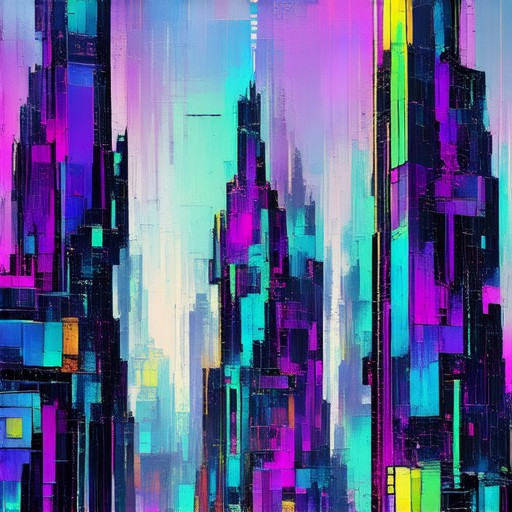
The Best Conscious Rapper
Conscious rap is a genre characterized by introspective lyrics that tackle social issues, personal struggles, and deeper themes. Here are some of the most notable artists in this category:
- J. Cole – Known for his storytelling and addressing real-life issues, J. Cole’s track “No Sad Nickels” tackles police brutality and systemic issues.
- Kendrick Lamar – A Grammy-winning artist, Kendrick Lamar’s album “Mr. Nice Time” explores systemic issues like mass incarceration and racial inequality.
- Nas – Renowned for his lyrical depth, Nas’ track “Black Rage” from “Illmatic” addresses African American experiences and social issues.
- Juelz Santana – Known for his honest portrayal of street life, Juelz Santana’s song “Get High” discusses drug dealing and its consequences.
- Common – Common is celebrated for his introspective lyrics, with tracks like “The Light” from “Be” focusing on personal growth and overcoming adversity.
- Tupac Shakur – Often regarded as a pioneer, Tupac’s song “Changes” addresses urban struggles and societal issues, showcasing his awareness and concern for the community.
- Eminem – While primarily mainstream, Eminem’s tracks like “Not Afraid” delve into personal demons and mental health, offering introspective insights.
- Jay-Z – Jay-Z has addressed social issues in his music, with tracks like “99 Problems” highlighting economic struggles and societal critique.
- Lauryn Hill – As part of The Fugees, Lauryn Hill’s song “Losing My Way” touches on spiritual and personal journeys, aligning with conscious themes.
- Mos Def (Yasiin Bey) – Known for his activism, Mos Def’s track “Mathematics” delves into social issues and black empowerment.
These artists exemplify the essence of conscious rap through their lyrical content and societal commentary. Whether addressing personal struggles or broader issues, their work resonates deeply with listeners seeking introspective and thought-provoking music.
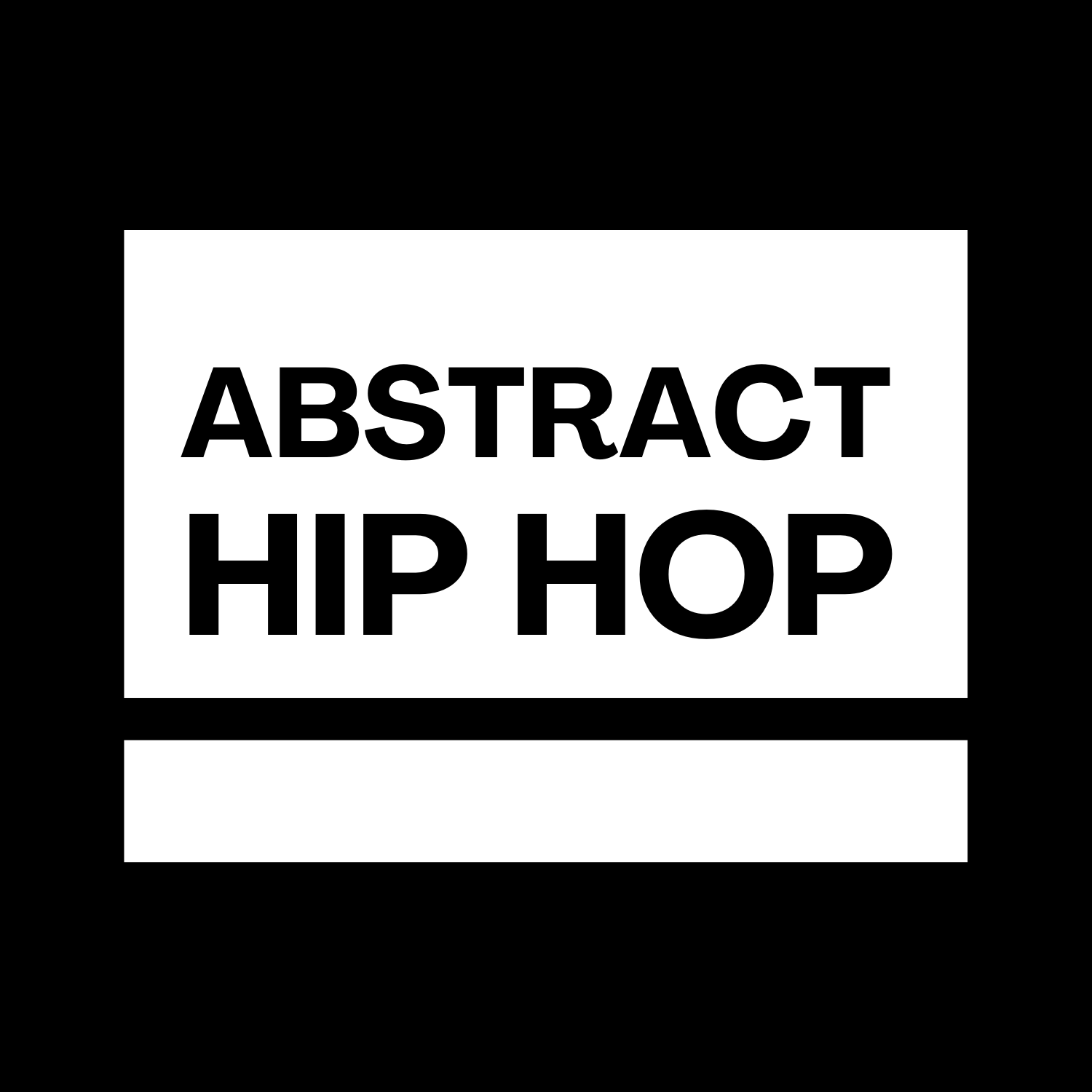
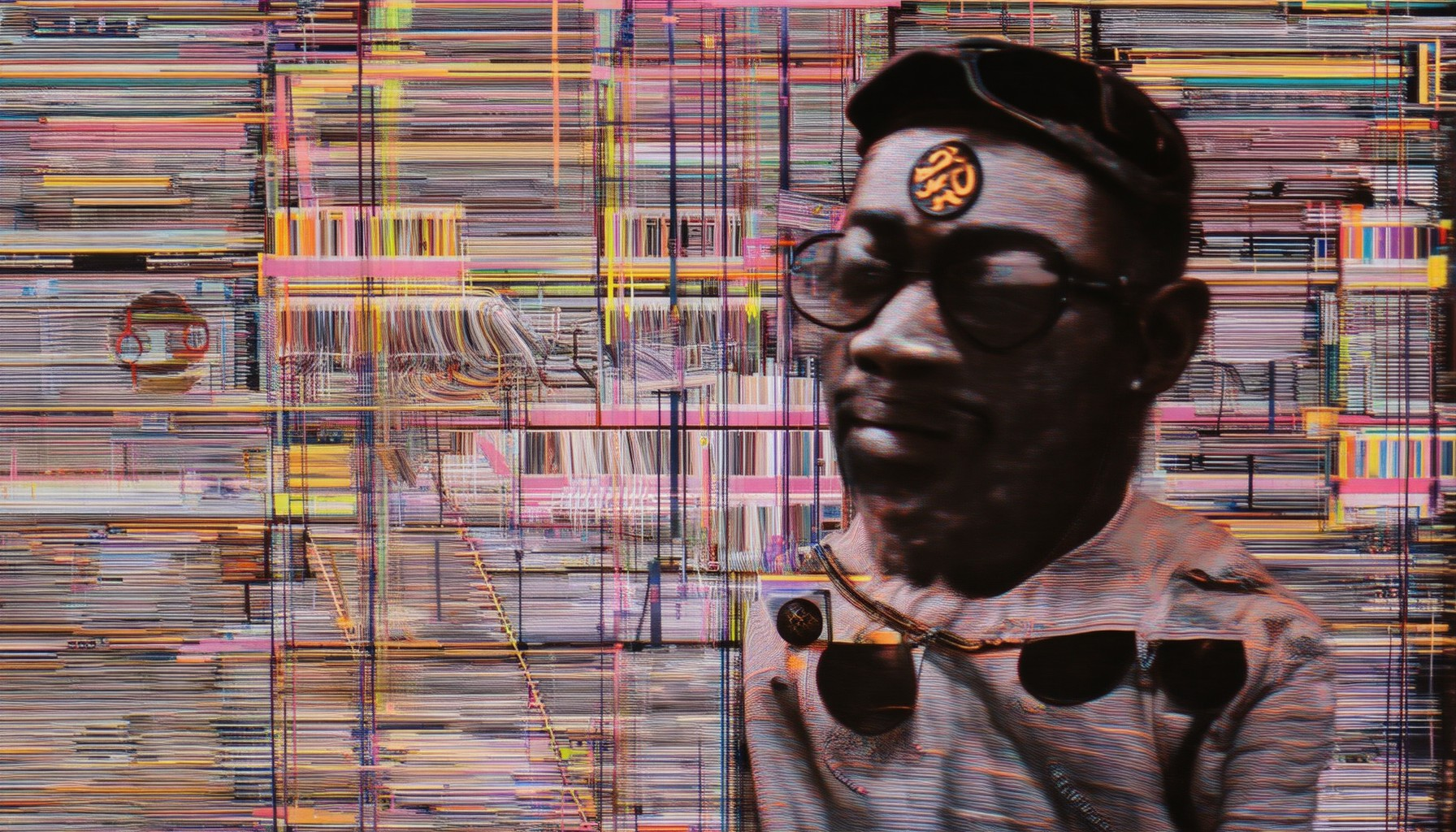
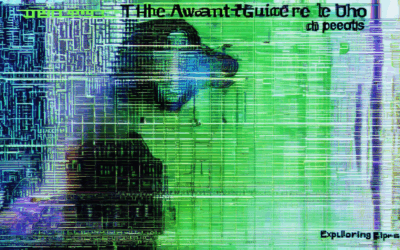


0 Comments